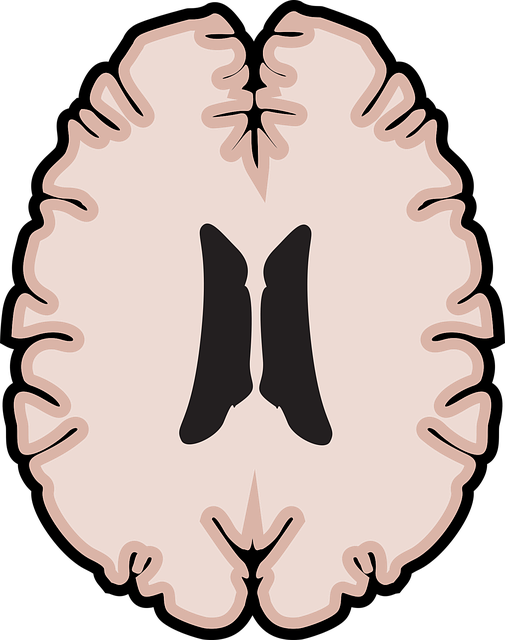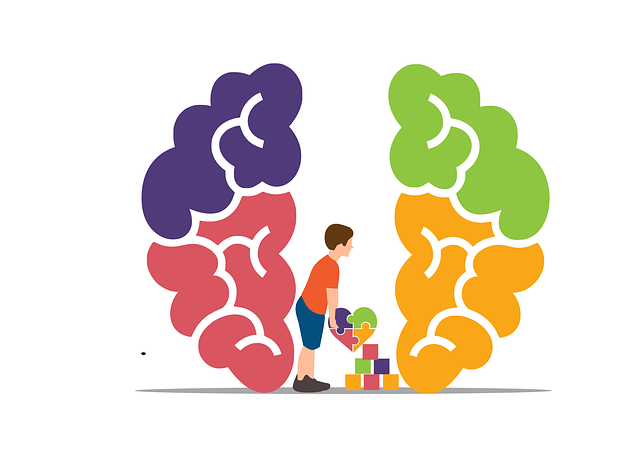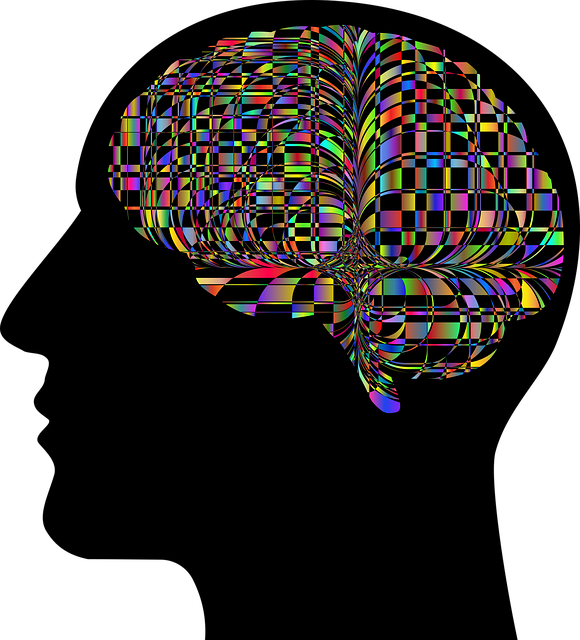Northglenn Alcohol Abuse Therapy employs a unique, comprehensive evaluation method for mental wellness programs, integrating quantitative data (pre/post-program assessments, attendance rates) with qualitative insights (client feedback, focus groups). This dual approach allows them to accurately measure the reduction in alcohol abuse and improvements in mental health outcomes. By combining standardized tools with contextual relevance and sustainable stress reduction methods, Northglenn ensures their programs effectively address both alcohol abuse and underlying mental health issues.
Mental wellness program evaluation is crucial for measuring effectiveness, ensuring quality care, and promoting positive outcomes. This article explores robust methods employed by Northglenn Alcohol Abuse Therapy, a leading provider, to assess its programs’ impact. We delve into their multifaceted approach, including quantitative metrics, qualitative tools, and client feedback surveys. Furthermore, we discuss the significance of long-term follow-up in tracking sustained recovery, offering valuable insights into successful mental health intervention strategies.
- Assessing Program Impact: Northglenn Alcohol Abuse Therapy's Approach
- – Discussion on quantitative and qualitative methods used to measure the effectiveness of therapy programs.
- – Examples of metrics and tools employed in evaluating client progress and overall program success.
Assessing Program Impact: Northglenn Alcohol Abuse Therapy's Approach

At Northglenn Alcohol Abuse Therapy, our evaluation methods for mental wellness programs go beyond mere satisfaction surveys. We employ a multi-faceted approach that integrates quantitative data with qualitative insights to accurately gauge program impact. This involves pre- and post-program assessments, where participants are evaluated on their alcohol consumption levels, mental health symptoms, and overall well-being using standardized tools. By comparing these results, we can measure the effectiveness of our Northglenn Alcohol Abuse Therapy programs in reducing alcohol abuse and promoting positive mental health outcomes.
Additionally, our approach includes regular check-ins with program participants to gather feedback on their experiences and perceptions of change. This qualitative data provides valuable context and allows us to refine our Mental Health Education Programs Design and Depression Prevention strategies based on real-life examples and client stories. We also incorporate Stress Reduction Methods within our evaluation process, recognizing that chronic stress is a significant contributor to alcohol abuse and mental health issues. By addressing these factors, Northglenn Alcohol Abuse Therapy ensures that its programs are not just impactful but also sustainable in the long term.
– Discussion on quantitative and qualitative methods used to measure the effectiveness of therapy programs.

Evaluating mental wellness programs requires a balanced approach that incorporates both quantitative and qualitative methods. Quantitative techniques, such as surveys and statistical analyses, are valuable for measuring the reach and impact of these programs on large populations. For instance, tracking attendance rates, completion percentages, and participant demographics can provide insights into the program’s effectiveness in terms of accessibility and diversity. In Northglenn Alcohol Abuse Therapy, this data could highlight trends in patient demographics, helping to tailor services better.
Qualitative methods, on the other hand, delve deeper into individual experiences and outcomes. Interviews, focus groups, and case studies allow participants to share their stories, expressing nuanced feelings about their therapy journeys. This approach is particularly important for understanding the therapeutic process, identifying areas of improvement, and gaining insights into the long-term effects of programs like Burnout Prevention or Trauma Support Services. By combining quantitative and qualitative data, mental wellness initiatives can be refined to better meet the diverse needs of those seeking support.
– Examples of metrics and tools employed in evaluating client progress and overall program success.

Evaluating the effectiveness of a mental wellness program is a multifaceted process that involves tracking key metrics and utilizing robust tools to measure client progress. At Northglenn Alcohol Abuse Therapy, for instance, success is assessed through a combination of quantitative and qualitative data collection methods. Quantitative measures include tracking attendance rates, completion percentages of therapy modules, and changes in clinical assessments over time. These numbers offer tangible insights into program adherence and its impact on clients’ well-being.
Qualitative tools, such as client feedback surveys and individual progress reports, delve deeper into the therapeutic experience. Self-Awareness Exercises, for example, can reveal shifts in mindset and emotional regulation skills acquired during therapy. Additionally, evaluating the Community Outreach Program Implementation highlights the program’s broader societal impact. Similarly, examining Burnout Prevention Strategies for Healthcare Providers ensures that the mental wellness program not only benefits clients but also fosters a sustainable and healthy working environment for practitioners involved.
The evaluation methods employed by Northglenn Alcohol Abuse Therapy demonstrate a comprehensive approach to assessing the impact of their programs. By combining quantitative data, such as reduction in alcohol-related incidents, with qualitative feedback from clients, the therapy team gains valuable insights into program effectiveness. This dual-pronged strategy ensures that progress is accurately measured, allowing for continuous improvement and personalized care. Through these evaluation methods, Northglenn Alcohol Abuse Therapy sets a standard for mental wellness program assessment, offering a roadmap for other organizations to follow in prioritizing client outcomes.














